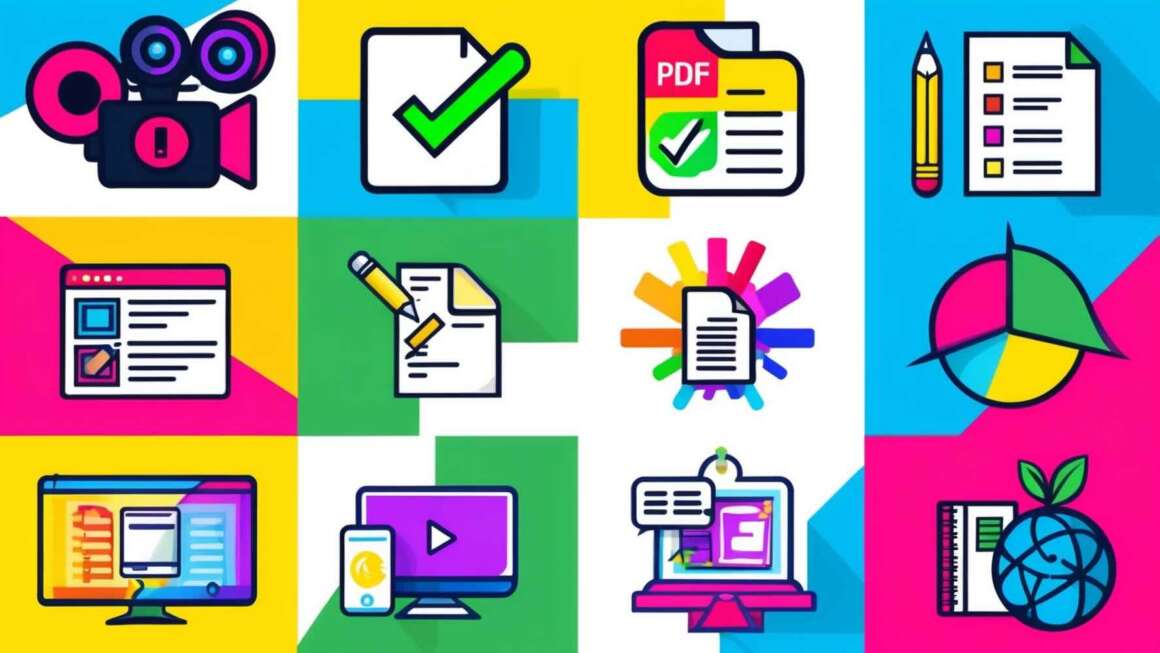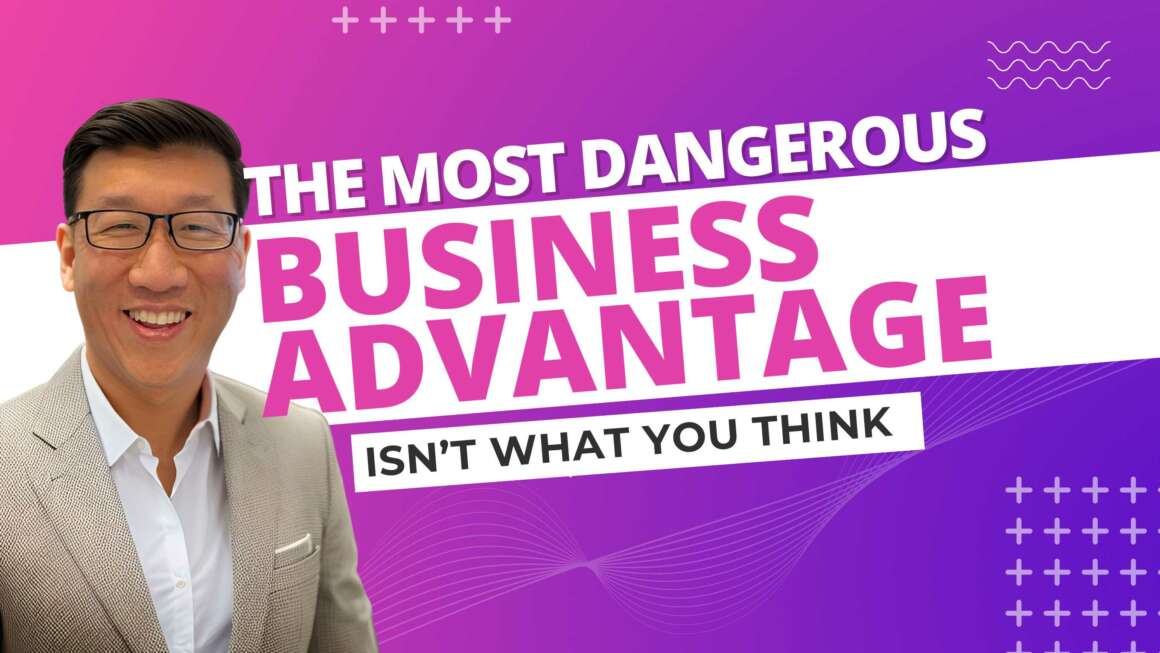For nonprofit CEOs and ministry leaders, effectively capturing and nurturing leads is critical to advancing your mission and expanding your reach. Without new audiences to exposure your organization to, your growth trajectory will be capped severely.
In the digital communications world, we use lead magnets to attract new prospects into a permission-based marketing communications relationship. However, the traditional approach to lead magnets often falls short.
I’ve bumped into 3 conversations this month with different organizations who missed the opportunities with lead magnets and all of them were just focused on pitching their organization to new audiences. That’s a mistake.
So today, I wanted to talk about how to strategically use lead magnets and highlight the most common pitfalls to avoid, hopefully giving you a perspective that can quite drastically change your lead generation outcomes.
First, What is a Lead Magnet?
A lead is a person who fits the profile of your perfect “customer” – this could be for a program participant, a donor, a volunteers, a supporter, etc. A lead magnet is a valuable piece of content or offer designed “magnetically attract them” so that you can capture the contact information of these potential supporters or customers.
Examples of common lead magnets you’ve seen include ebooks, webinars, templates, quizzes, and more. The goal is to provide something of value in exchange for an email address or other contact information, which can then be used to nurture the lead through targeted follow-up communications.
7 Most Common Mistakes in Creating Lead Magnets
1. Treating Lead Magnets as Sales Brochures
One of the most common mistakes is treating lead magnets as sales brochures. A lead magnet should provide genuine value and not just be a thinly veiled sales pitch. The focus should be on solving a specific problem for the target audience, not on promoting your organization or its services. You must first introduce yourself, let the prospect get to you know you before you go all in on selling them for a outcome they weren’t considering when they just met you.
2. Lack of a Clear, Defined Promise
A successful lead magnet must have a clear, defined promise that addresses a pressing problem for the target audience. Many organizations create lead magnets that focus on “lazy problems”—issues that are of mild interest but not urgent or high priority. Related is a lead magnet that is just superficial. Something that doesn’t actually change the prospect’s point of view on a topic. This approach fails to engage the audience deeply and does not compel them to lean forward and be interested in anything else you’ll send their way.
3. Failing to Provide a Real Solution
In today’s content-saturated world, people are not looking for more educational materials—they need actionable solutions. Effective lead magnets should offer templates, recipes, new insights, or real-life aids that can be immediately applied to solve a problem. This shift from education to solution is crucial for capturing and retaining the audience’s attention.
4. Not Creating a Secondary Problem
A critical, absolutely necessary strategy to think through when creating lead magnets is to solve an immediate problem while subtly creating a secondary problem. This secondary problem should be something that your organization can solve with its products or services. This approach helps guide the lead naturally towards your offerings without feeling salesy, presenting your solution as a more efficient and effective alternative to a DIY approach.
5. Neglecting Follow-Up and Nurturing
Delivering the lead magnet is just the beginning. Many organizations fail to follow up effectively, assuming the lead magnet alone will convert leads into supporters or customers. According to the “Law of 7-11,” it takes 7 to 11 meaningful interactions before a prospect is ready to engage directly with your organization. These interactions should be thoughtful and engaging, not just a series of unopened emails.
6. Inadequate Email Sequences
A robust email sequence is essential for nurturing leads. Ideally, this sequence should consist of 6-10 messages at the minimum, and ideally extending over several months. It takes time from the moment they opt-in and download something to when they are ready to consider engaging with your organization. It takes time. And you must show up consistently during that lag period. Otherwise your initial efforts were for nothing. The nurturing “drip” content should also be dynamic, allowing leads to choose their own adventure based on their interests, which can be tracked and used to tailor future communications.
7. Failing to Ensure Content Consumption
Getting leads to download your lead magnet is not enough—they must consume and engage with it. This is a challenging aspect of marketing, as you are competing for the prospect’s time and attention. To overcome this, ensure your content is highly relevant, valuable, and easy to consume. AND THEN, you must follow up with different ways to remind them of that resource, walk them through it, and sell the benefits of it so that they will follow through to the end of the step in your marketing plans and actually consume the content you’ve invested in creating for them. You must think from the prospect’s perspective and provide compelling reasons for them to engage with your material.
Best Practices for Creating High-Converting Lead Magnets
- Make it Easy to Consume: Lead magnets should be simple and quick to consume. Checklists, worksheets, and comparison guides are effective formats.
- Focus on One Idea: Avoid overwhelming your audience with too much information. Stick to one core idea or solution.
- Provide a Quick Win: Ensure your lead magnet offers an immediate, tangible benefit to the audience.
- Be Specific: Focus on solving a specific problem rather than being too broad.
- Guide Through Change: Help your audience implement the solution you provide, guiding them through the necessary steps.
Additional Thoughts On Lead Magnets For Ministry Organizations
When you think about lead magnets, I want you to focus on three key aspects:
- Variety and Relevance:
Think about the different needs of your audience at various stages of their journey. Multiple lead magnets, both for topics (problem/solutions you are presenting) as well as form factors of content such as eBooks, webinars, checklists, and case studies, all cater to different segments and serve unique purposes. By creating a library of lead magnet options, it ensures much broader reach and sets you up for better engagement — because you will be addressing specific pain points and interests of your target audience which isn’t just one person, it’s a group of people. so you must think through the variety of angles and hooks that will engage them all. - Quality Over Quantity:
It’s not just the number of lead magnets but their quality that matters. Focus on creating high-quality lead magnets that provide real, actionable value. Well-crafted lead magnets that address specific problems or offer unique insights are more likely to convert leads into engaged, long-term supporters. This approach builds trust and positions your organization as a valuable resource. - Strategic Follow-Up:
Lead magnets should be part of a comprehensive strategy that includes nurturing sequences. Effective follow-up emails and personalized content are crucial for maintaining engagement and converting leads. This strategic follow-up ensures that the leads generated through your lead magnets are effectively guided through the funnel, leading to higher conversion rates and stronger relationships.
This all might be overwhelming, but you really can create a robust lead generation strategy that not only attracts but also retains and nurtures potential supporters, driving long-term success for your organization. If your organization needs help building lead magnets or your overarching strategy to engage the perfect audience, let’s talk!



